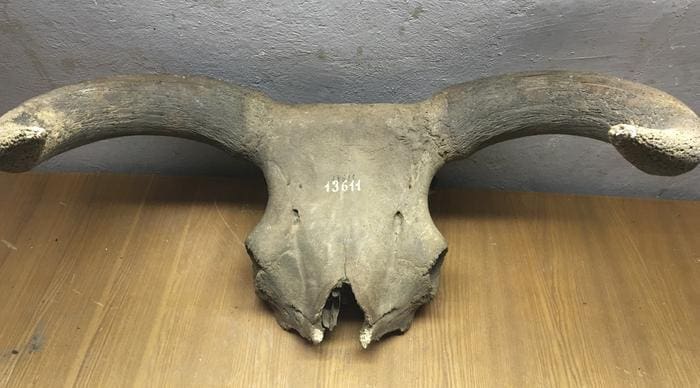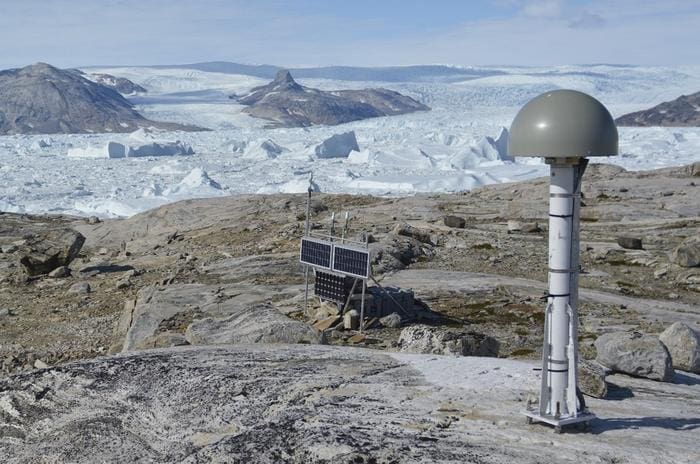Explore the latest insights from top science journals in the Muser Press daily roundup, featuring impactful research on climate change challenges.
Table of Contents
How local governments can lead the way in decarbonizing the U.S.
The success of the $1 trillion that was recently invested by the U.S. federal government to mitigate climate change through the Inflation Reduction Act (IRA) and the Bipartisan Infrastructure Law (BIL) largely depends on how well state and local governments spend the money, according to new a commentary recently published in Nature.
The piece argues that the local jurisdictions, which bear much of the responsibility for implementing the legislation, must adopt an attitude of experimentation and evaluation.
“This is a once-in-a-generation opportunity to reshape our energy landscape,” said Gordon McCord, an associate teaching professor at the UC San Diego School of Global Policy and Strategy and coauthor of the paper. “By committing to learning what works through experimentation and evaluation, state and local governments can lead the way in achieving the U.S.’s climate goals under the Paris Agreement.” – Continue to read the original article
Journal Reference:
Peter Christensen, Patrick Baylis, Teevrat Garg, Shanjun Li, Gordon C. McCord, Erich Muehlegger, Erica Myers, Emma Noble Smith & David S. Rapson, ‘How to spend one trillion dollars: the US decarbonization conundrum’ (Comment), Nature 634, 1050-1052 (2024). DOI: 10.1038/d41586-024-03474-3
Article Source:
Press Release/Material by Christine Clark | University of California – San Diego
University of Chicago launches groundbreaking new institute to confront climate change
Balancing the urgent need to confront climate change with society’s need for rising living standards and expanded economic growth is the defining challenge of our time.
Fossil fuels are the key driver of this challenge. Their low cost makes them the default energy choice to power growth in many settings, yet failure to sharply reduce carbon dioxide emissions from fossil fuel combustion is putting the world on a course for disruptive climate change.
To address this challenge, the University of Chicago on Oct. 30 launched the Institute for Climate and Sustainable Growth, an ambitious effort combining frontier research in economics and climate policy, and key energy and climate technologies, with a pioneering approach to education. The result is a first-of-its-kind institute that will produce new and deeper understandings of the climate challenge as well as practical, effective solutions.
“The University of Chicago is distinctly poised to contribute to the understanding of the challenges of climate and energy, and to offer improved approaches for overcoming these challenges,” said President Paul Alivisatos.
“Faculty and students from across our ecosystem have expressed their enthusiasm and commitment to bringing our characteristic UChicago approach to the most difficult problems: asking the hardest questions, taking risks, joining ideas in surprising ways from across disciplines, and bringing rigor to every aspect. This approach will inform an integrated set of new education programs which have the power to shape generations of critical thinkers and thoughtful leaders that is so urgently called for. This is our moment to leverage our history and distinctive strengths to uncover the ways for humanity to achieve sustainable growth while also addressing accelerating climate change impacts.” – Continue to read the original article
Article Source:
Press Release/Material by Vicki Ekstrom High | University of Chicago
Ancient DNA brings to life history of the iconic aurochs, whose tale is intertwined with climate change and human culture
Geneticists from Trinity College Dublin, together with an international team of researchers, have deciphered the prehistory of aurochs – the animals that were the focus of some of the most iconic early human art – by analysing 38 genomes harvested from bones dating across 50 millennia and stretching from Siberia to Britain.

The aurochs roamed in Europe, Asia and Africa for hundreds of thousands of years. Adorned as paintings on many a cave wall, their domestication to create cattle gave us a harnessed source of muscle, meat and milk. Such was the influence of this domestication that today their descendants make up a third of the world’s mammalian biomass.
Dr. Conor Rossi, Trinity, first author of the article that has just been published in leading international journal Nature, said: “The aurochs went extinct approximately 400 years ago, which left much of their evolutionary history a mystery. However, through the sequencing of ancient DNA, we have gained detailed insight into the diversity that once thrived in the wild as well as enhanced our understanding of domestic cattle.” – Continue to read the original article.
Journal Reference:
Rossi, C., Sinding, MH.S., Mullin, V.E. et al. ‘The genomic natural history of the aurochs’, Nature (2024). DOI: 10.1038/s41586-024-08112-6
Article Source:
Press Release/Material by Trinity College Dublin
Study shows natural regrowth of tropical forests has immense potential to address environmental concerns
A new study published in Nature finds that up to 215 million hectares of land (an area larger than Mexico) in humid tropical regions around the world has the potential to naturally regrow. That much forest could store 23.4 gigatons of carbon over 30 years and also have a significant impact on concerns like biodiversity loss and water quality.
The study showed that more than half of the area with strong potential for regrowth was in five countries: Brazil, Mexico, Indonesia, China, and Colombia.
“Tree planting in degraded landscapes can be costly. By leveraging natural regeneration techniques, nations can meet their restoration goals cost effectively,” says the study’s co-lead author, Brooke Williams, a researcher at the Queensland University of Technology, Australia, and the Institute for Capacity Exchange in Environmental Decisions. “Our model can guide where these savings can best be taken advantage of,” she says.
Matthew Fagan, associate professor of geography and environmental systems at University of Maryland, Baltimore County (UMBC) and second author on the new study, developed a data set the authors relied on. – Continue to read the original article.
Journal Reference:
Williams, B.A., Beyer, H.L., Fagan, M.E. et al. ‘Global potential for natural regeneration in deforested tropical regions’, Nature (2024). DOI: 10.1038/s41586-024-08106-4
Article Source:
Press Release/Material by Sarah Hansen | University of Maryland Baltimore County
Large meltwater accumulation revealed inside Greenland Ice Sheet
A new study published in Nature unveils a surprising discovery: a substantial amount of meltwater is temporarily stored within the Greenland Ice Sheet during summer months. For the first time, an international group of researchers was able to quantify meltwater with positioning data. The finding challenges current models of how ice sheets contribute to global sea level rise.
The Greenland Ice Sheet is currently the largest single contributor to global sea-level rise, with the potential to raise the mean sea level by up to seven meters if it fully melts.
While scientists have long studied the melt processes of the ice sheet, one crucial question has remained unanswered: how does meltwater storage evolve within the ice sheet throughout the summer melt season? A new approach provides an unprecedented view into the movement and storage of meltwater.
“During the melt season, we found that a significant fraction of meltwater mass is stored temporarily within the ice sheet,” says Jiangjun Ran, associate professor at Southern University of Science and Technology. “This water buffering effect peaks in July and slowly recedes in the following weeks.”
Novel approach to water monitoring
“Understanding how water is stored and released within the ice sheet has always been a challenge,” says Pavel Ditmar, associate professor at Delft University of Technology.

The team has utilised data from the Greenland GPS Network (GNET). The network consists of several tens of stations around Greenland that continuously provide positioning data. The team developed an innovative method that interprets the detected vertical displacements of the bedrock. These displacements are caused, among other, by the mass of melting water, pushing the bedrock down.
Implications for climate models
This discovery will help improve climate models, which often underestimate the complexity of water storage within ice sheets. Especially during warmer years, models that predict water runoff towards the ocean may easily underestimate that process. The study finds that these models could require scaling adjustments of up to 20% for the warmest years.
“These findings are crucial for improving forecasts of the Greenland Ice Sheet’s contribution to future sea-level rise,” says Michiel van den Broeke, professor at Utrecht University. “With climate change making the Arctic warmer than ever, accurate predictions are essential for preparing coastal regions for potential sea-level rise.”
Years in the making
The study has taken years of preparation and required difficult expeditions to some of the most remote areas of the planet. “The work we’ve done not only improves our understanding of ice sheet dynamics but also opens the door to new measurement techniques and campaigns,” says Shfaqat Abbas Khan, professor at the Technical University of Denmark.
The study highlights the importance of international collaboration in addressing one of the planet’s most pressing environmental challenges.
Journal Reference:
Ran, J., Ditmar, P., van den Broeke, M.R., Khan, S.A., et al. ‘Vertical bedrock shifts reveal summer water storage in Greenland ice sheet’, Nature (2024). DOI: 10.1038/s41586-024-08096-3
Article Source:
Press Release/Material by Delft University of Technology
Featured image credit: Gerd Altmann | Pixabay




